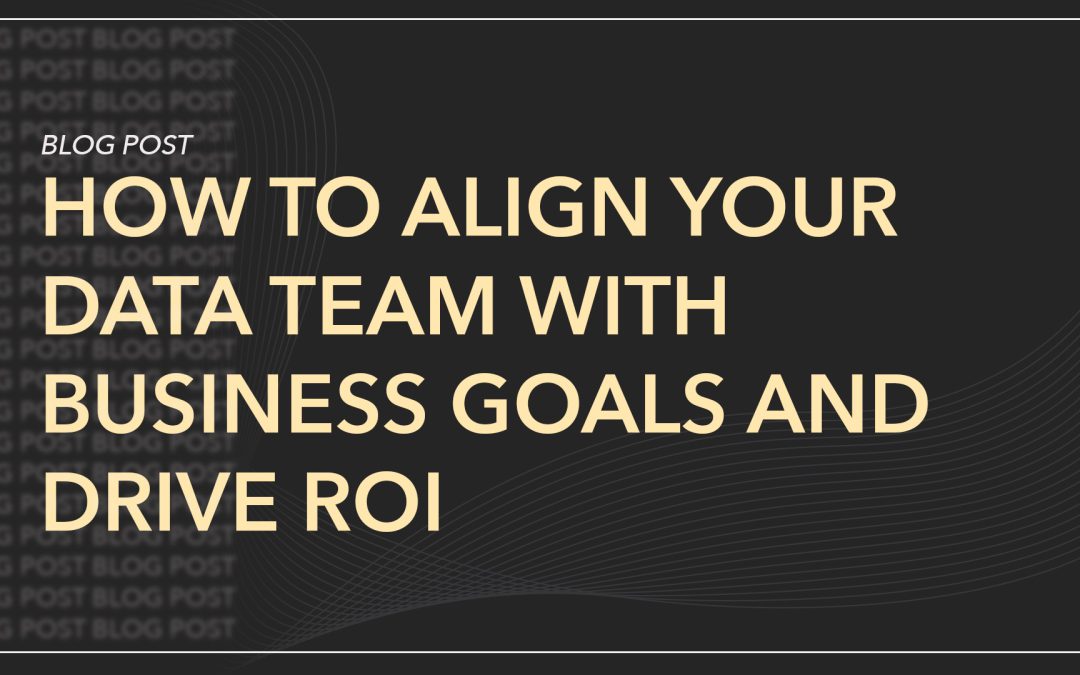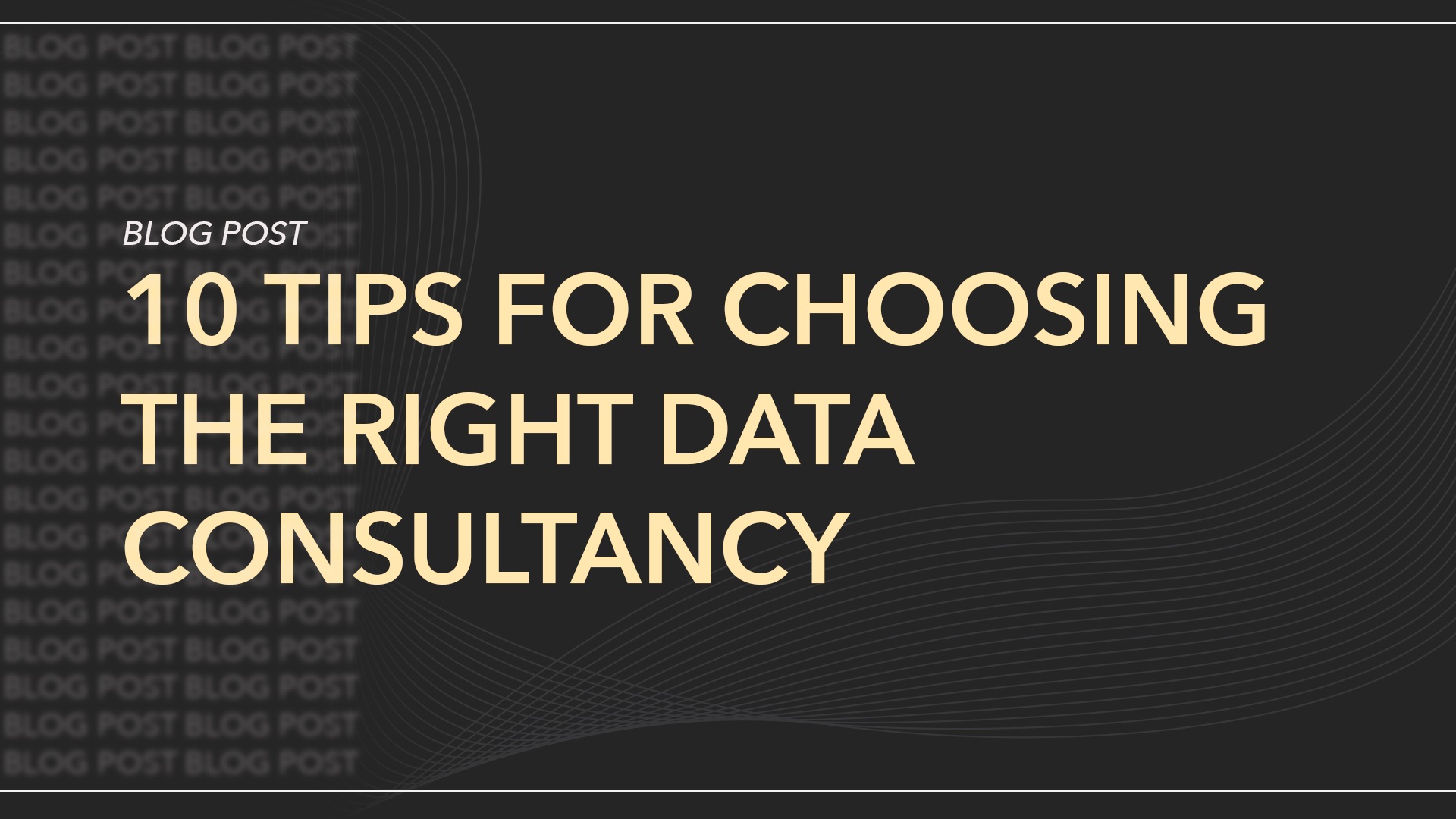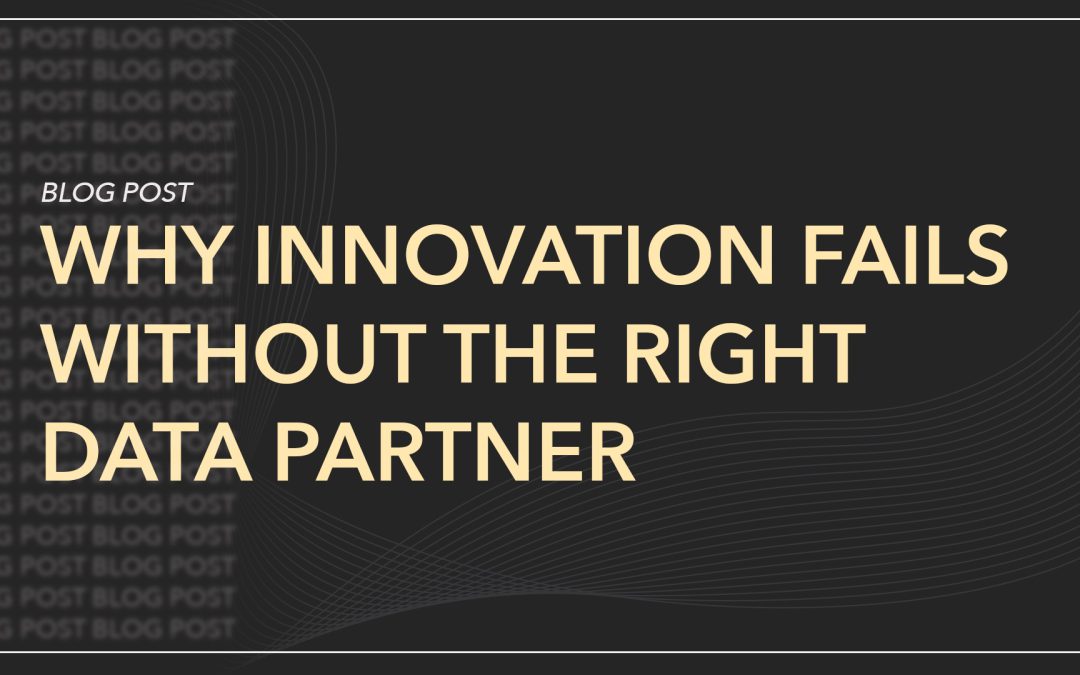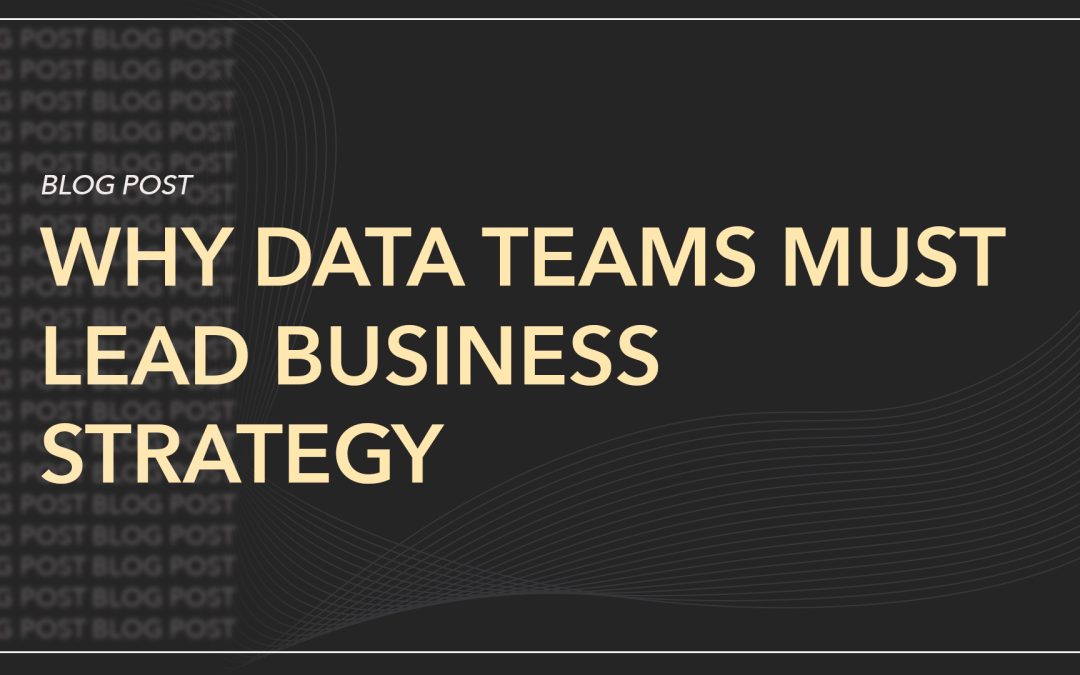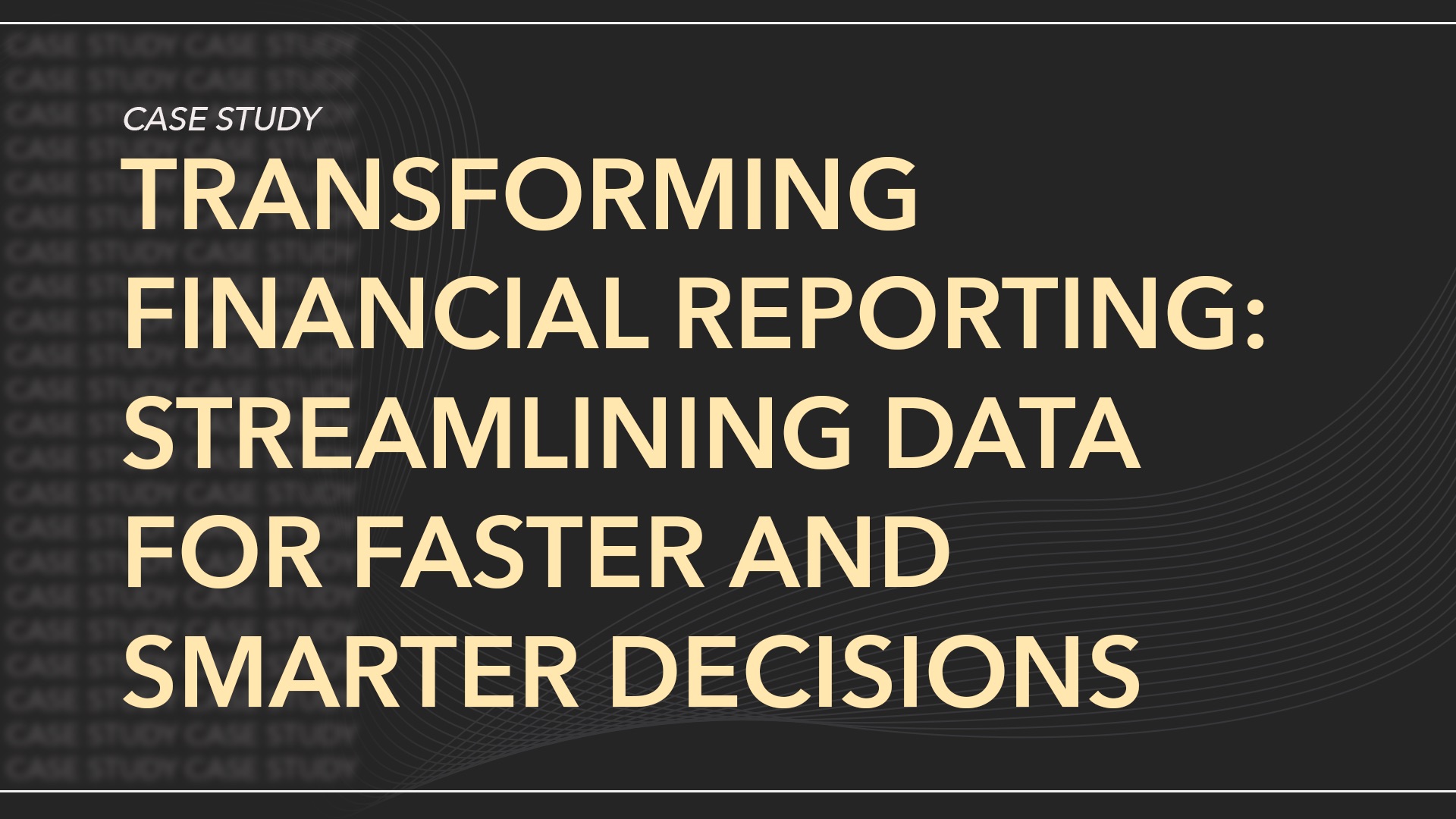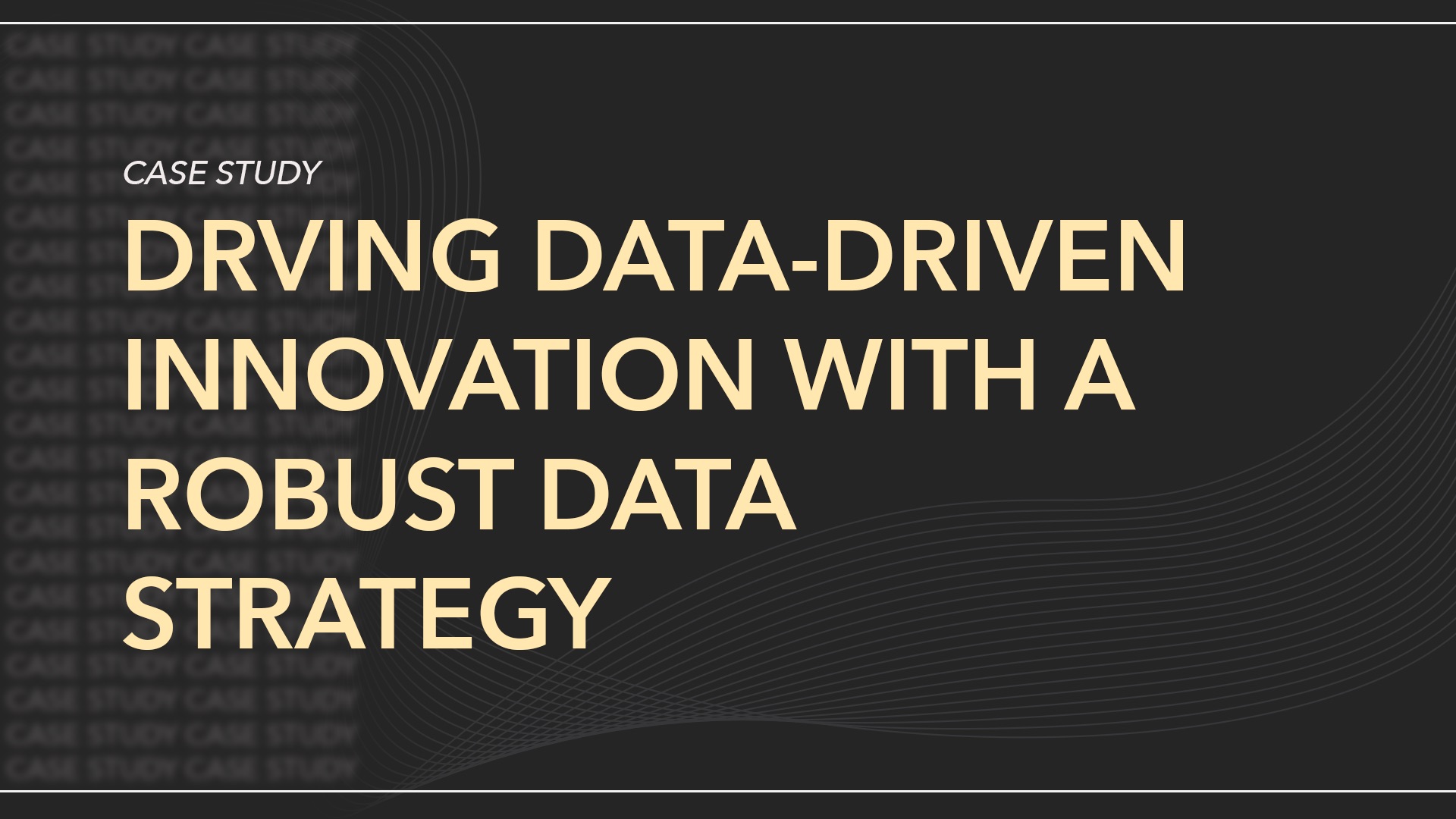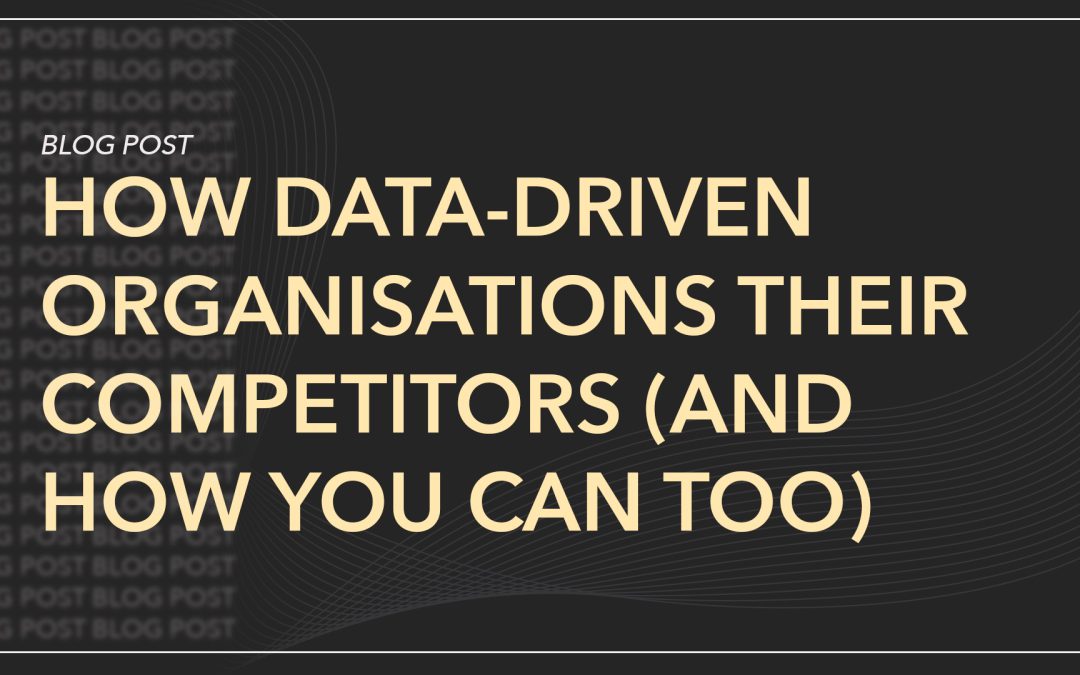
How Data-Driven Organisations Outperform Their Competitors
How Data-Driven Organisations Outperform Their Competitors (And How You Can Too)
In the business environment, being data-rich is no longer enough.
Your competitors are using data to move faster, reduce cost, and make smarter decisions.
And if you’re not? You’re falling behind – whether you realise it or not!
Despite millions being poured into dashboards, analytics platforms, and AI pilots, many organisations still struggle to see meaningful ROI from their data investments. But some firms – across financial services, manufacturing, and beyond – are achieving real, measurable results.
The Competitive Edge of Being Truly Data-Driven
High-performing, data driven companies aren’t just ‘using data.’ They embed it into every part of the organisation.
They make faster decisions, serve customers more effectively, and continuously identify efficiency gains others miss.
They achieve:
- Shorter time-to-decision
- Higher operational agility
- Improve customer experiences
- Better ROI on tech investments.
And perhaps most importantly – they stay ahead of competitors who are still stuck analysing what went wrong, while they’re acting on what’s next.
If your data strategy isn’t delivering outcomes like these, the stakes are real:
- Wasted budgets on disconnected tools
- Frustrated teams with low confidence in reports
- Opportunities missed while others move faster.
This isn’t a technical problem. It’s a strategic one.
Want more insight on how to become an innovative data-driven company?
Learn more about our tailored services for your specific problems.

What High-Performing Firms Do Different.
At Engaging Data, we work with forward-thinking ambitious leaders. The organisations delivering the biggest wins from data all share three critical behaviours.
1. They Treat Data as a Strategic Asset – Not Just an IT Project
In underperforming companies, data is often siloed within IT or analytics teams, far removed from commercial decision-making. In contrast, innovative data-driven firms embed data into the heart of the business.
Their executive teams actively engage with data strategy. KPIs are clearly tied to commercial goals. Sales, operations, customer service – all departments are enabled to make data-informed decisions, not just generate reports.
2. They Fix the Foundation Before Scaling Innovation
Everyone wants to talk about AI and predictive models – but the top performers start with the basics.
They clean up messy data, integrate fragmented systems, and implement robust governance.
They know that the flashy tools won’t deliver value unless the data is trusted, accessible, and aligned with business needs. These firms invest in data foundations because they understand that innovation built on bad data will always underperform.
3. They Build for Enablement, Not Just Reporting
Dashboards don’t change behaviours. Decision-making does.
The most successful organisations move beyond traditional business intelligence. They create decision-ready data environments – real-time alerts, embedded analytics, and tools designed around specific use cases.
Their focus isn’t on giving teams more data but giving them the right data in time to act.
The result? Smarter, faster decisions at every level of the organisation.
How You Can Close the Gap
If you’re not seeing this kind of performance from your data efforts, it’s time to correct it!
Here’s how you can start:
Step 1: Align Your Data Strategy with Business Goals
Too many data strategies are built in isolation. The first step is reconnecting your data priorities with true business outcomes.
Ask yourself:
- What are our top business goals in the next 12-18 months?
- What decisions or actions do we want to accelerate, innovate, or improve?
- How can data directly support these outcomes?
Start small with high-impact use cases. Use success in those areas to build momentum.
Step 2: Audit and Strengthen Your Data Foundation
You can innovate on shaky ground. Take the time to understand where your current data infrastructure is holding you back.
- Are systems integrated or siloed?
- Can decision-makers access trustworthy data quickly?
- Do you have clear governance and data ownership?
We can help you identify quick wins within your organisation in a quick discovery call.

Step 3: Deliver Insights That Drive Action
Shift from reporting to decision enablement.
Design your data products- dashboards, alerts, reports – around the key decisions they should influence.
Talk to your business users:
- What decisions do you regularly make when relying on data?
- What’s missing from your current insights?
- When do you need the data – and in what format?
Build tools that close that gap. And always include a feedback loop to improve overtime.
Download Now
Want more insight on how to close the gap?
Get the expert-backed Guide to Data Innovation.
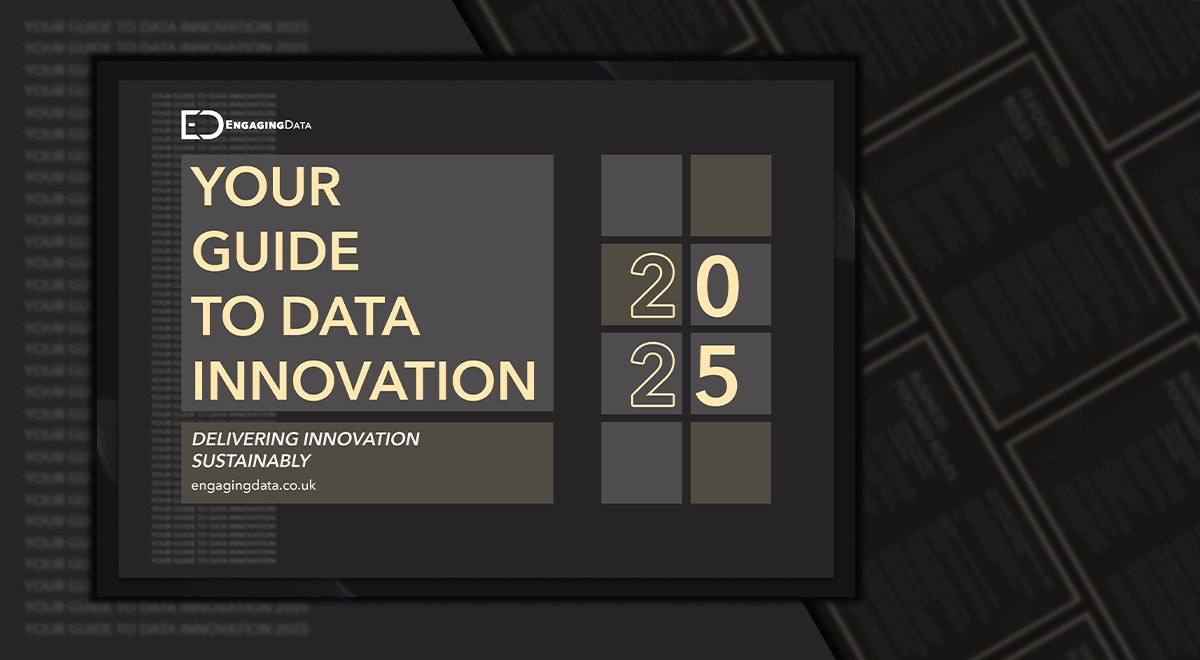
What Happens If You Don’t?
Falling behind in the data race isn’t just about missed opportunities – it’s about increased risk.
Without a clear, business-aligned strategy:
- You’ll continue to overspend on underperforming technology
- Competitors will move faster, with better insight and agility
- Your internal teams will lose faith in data – and you’ll lose momentum
This isn’t about trends or hype. It’s about competitiveness, resilience, and growth.
What Success Looks Like
Data-driven organisations don’t just talk about data. They act on it – daily.
- They make faster, smarter decisions.
- They innovate with confidence.
- They deliver ROI on their data investments.
- They turn their data into a strategic advantage.
And with the right guidance, you can, too.
Want to Become One of the High Performers?
Most companies aren’t lacking data – they’re lacking a strategy that turns data into results.
Thats where we come in.
At Engaging Data, we help ambitious leaders, like you, go from an overwhelmed data handler to an empowered data strategist.
Book a discovery call and see how we can help you unlock the performance your data should be delivering
Download Now
Download the 2025 Guide to Data Innovation
Looking for a more detailed roadmap?
Our free guide is packed with proven frameworks, use cases, and practical steps to help you deliver a data strategy that works.


